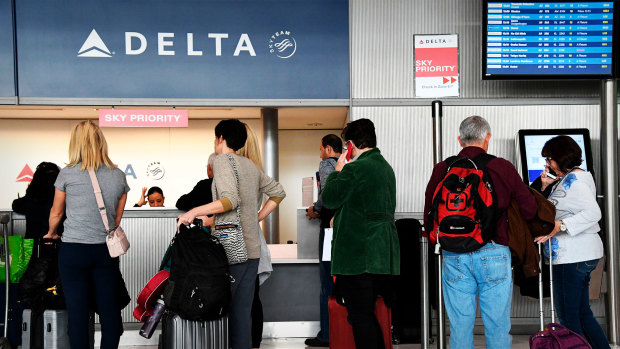
Airlines delayed and canceled a staggering amount of flights over the last few months. While many airlines blamed it entirely on weather conditions, much of the chaos can be attributed to staffing shortages.
"We are not back to pre-pandemic staffing levels on either the airline side or the government side," says Citi Analyst and airline expert Steve Trent. Trent joined TheStreet’s J.D. Durkin to discuss what’s going on with the airline industry.
Full Video Transcript Below:
J.D. DURKIN: From where you sit and you look at the numbers so closely, do you get the sense maybe that the airlines are overwhelmed at all? And I ask that simply through the lens of someone who has traveled and I've been there stuck at the airport, as we all find out in the 11th hour, our flights are canceled. Our flights are delayed. We're stuck overnight in a place we weren't expected to. It seems like a lot of people are experiencing that this summer. Do the numbers reflect that maybe the airlines are a bit overwhelmed right now in terms of the actual surge of consumer demand?
STEVE TRENT: Yeah, great question. And I would say staffing is a challenge not just for the airlines. I also think this is an issue for the government when we think about air traffic control and TSA workers and what have you. There's a lot of flow going through right now. We're almost back to pre-pandemic throughput. We are not back to pre-pandemic staffing levels on either the airline side or the government side. So there are instances where you have unfortunately, little room for error. A weather event, a thunderstorm or what have you. And that can really have a domino effect in some cases. So in the worst scenarios, you can see some revenue spill from those kinds of scenarios. But I think overall, given the challenge and the enormous throughput they have, I would say they've done a good job.
J.D. DURKIN: What are some of the biggest headwinds facing the travel industry that maybe we don't necessarily, we wouldn't even necessarily consider, even if we do know the headlines and what a lot of the challenges are?
STEVE TRENT: Yeah, absolutely. Supply is one, so supply is good news and supply is also bad news. So that lack of capacity on a per capita basis probably persists for some time as supply chain issues with the OEMs are just starting to get resolved. But it takes a couple of years to get new planes. Labor is a big one. You know, a lot of pilots retired in 2020, took their packages and left. You have a mandatory retirement age of 65. You need 1,500 flight hours before the guy or gal gets in the cockpit. So that supply is a big issue going forward.
So on one level, yes, it's hard to see overcapacity coming. On another level, you have some potential cost headwinds for those airlines that have not reached a labor deal and don't necessarily have the international long haul revenue tailwind to mitigate that cost pressure. So that's something I think that, you know, the street has to watch. And then on specific cases, we have the unwind of the Northeast Alliance, which is specific to American (AAL) -) and JetBlue (JBLU) -). That's challenging for those two. And all else equal probably as marginally good news for anybody else that competes against in the New York and Boston area.







